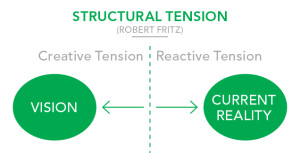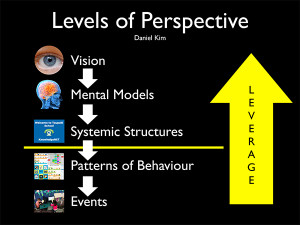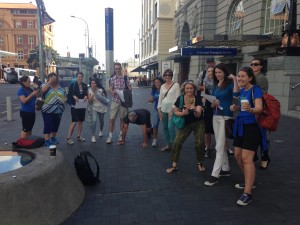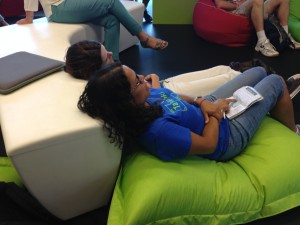Roselinde Torres asks key questions about ‘Great Leadership’ in the 21st Century Digital age…
- Where are you looking to anticipate change?
- How are we expanding our horizons?
- How do we share these insights to shape our future
- What is the diversity measure of your network?
- Capacity to develop relationships with people who are different to you
- Diverse networks create different ways of thinking
- Are you courageous enough to abandon the past
- They dont talk risk taking they do it
- They align with people who think a little differently
How can her findings be applied within the educational context to improve schooling outcomes?
You cannot learn leadership practices in one day seminars, leadership in the 21st century is centred upon change and anticipating the landscape. Diversity of thought and action means that our leadership teams are distinct leadership units where strength is found in the diverse skills and abilities of those in the team. We need to question the status quo and not be tied to traditional models or ways of being based upon the notion of ‘that is the way we have always done it’
How does this TED Talk connect to our leadership experiences?
It is important to foster links and networks with those stakeholders in our community. It is crucial to reach out to further networks of people in the pursuit of diverse ideas – cultural, gender, thinking, business, different education thoughts and perspectives. We must encourage diverse thought and ideas amongst staff and value diverse thought in members of the BoT. We need to ensure that leadership teams have collective skill in areas of leadership across all fronts (Marzano’s 21 aspects of leadership). Upon reflection I am not averse to looking to change our current successful practice in the pursuit of better ways of doing things. I see the rise of Maker Culture and Design Thinking as the next phase of curriculum development we need to consider, yet these are not on the radar of the majority.
What are your thoughts? What resonated with you? More importantly what didn’t and why?











